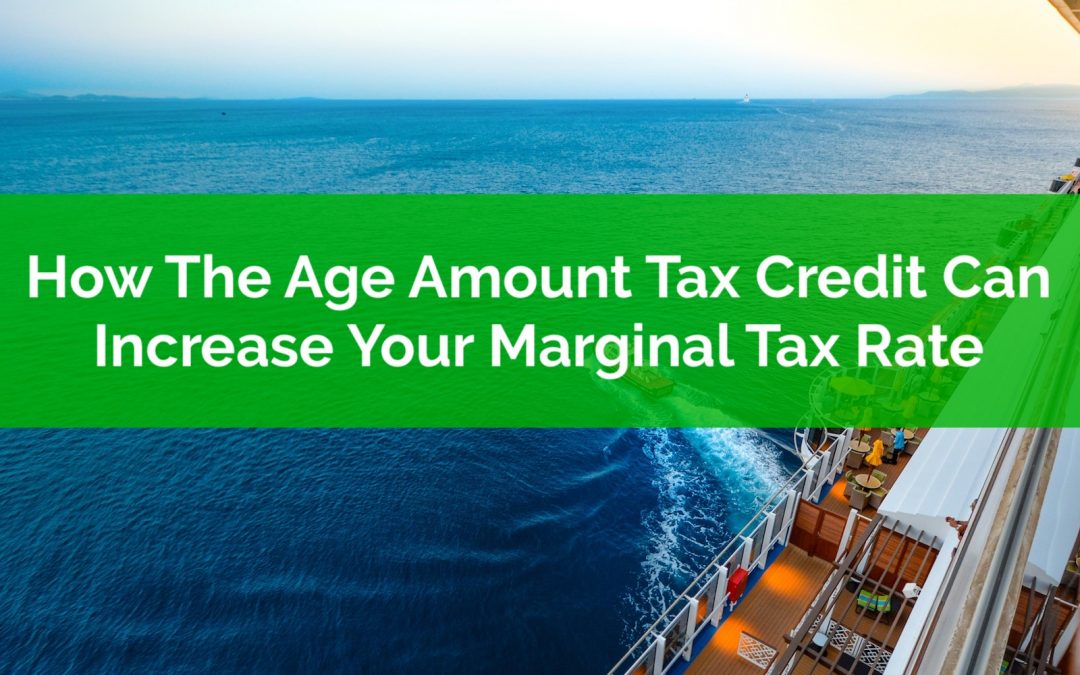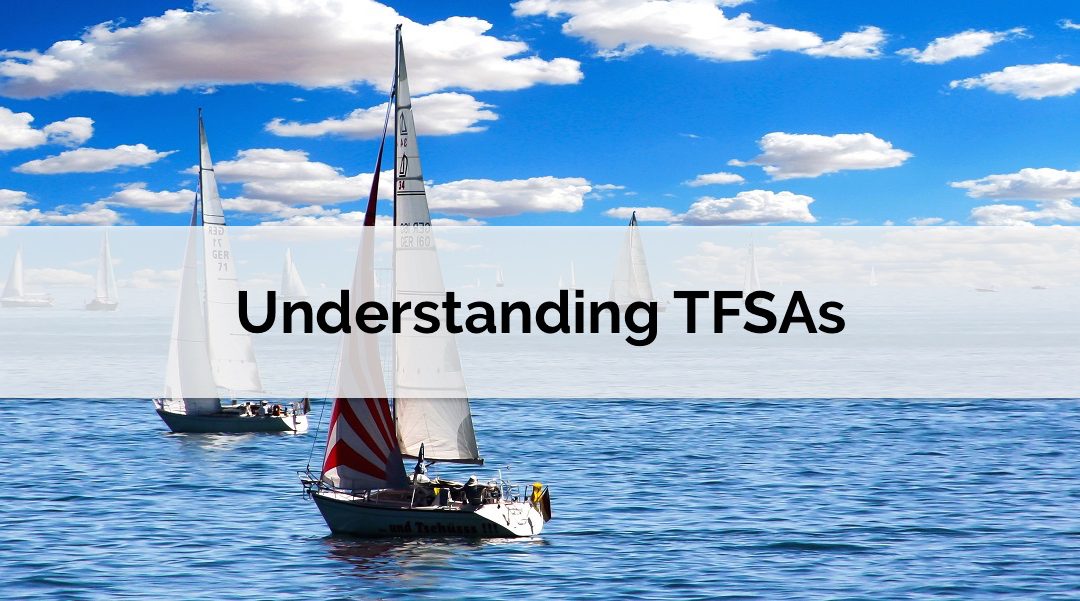
by Owen | May 17, 2021 | Budgeting, Financial Planning, Retirement Planning, Tax Planning
Retirement spending is one of the most important assumptions in a retirement plan. Making the right retirement spending assumption can make the rest of a retirement plan much easier. Making the right assumption can also make a retirement plan much more successful.
Making the wrong retirement spending assumption however could mean running out of money in retirement, or it could mean working longer than necessary, or it could mean accumulating millions of dollars late in retirement. All things we would prefer to avoid.
Of course, there are some simple “rules” for retirement spending like assuming 70% of pre-retirement income, but given how important retirement spending is in a retirement plan these generic rules can lead to issues in the future.
When creating a retirement plan it’s important to make the right retirement spending assumption. This means avoiding generic rules and instead understanding your unique spending needs today and how they might change in retirement. This also means understanding the impact of being wrong with your retirement spending assumption and how doing a “trial run” of retirement spending can help improve the level of confidence you have in your retirement plan.

by Owen | May 3, 2021 | Financial Planning, Retirement Planning, Tax Planning
Marginal tax rates are important. The represent the income tax you pay on the next dollar of income. Knowing your marginal tax rate both now and in the future can be extremely helpful when doing tax planning.
One tax planning opportunity is to make an RRSP contribution in a high tax bracket and withdraw later in a lower tax bracket. This opportunity can help defer tax until retirement when RRSP withdrawals are made at a lower tax rate. Ideally, an RRSP contribution allows you to contribute at a high marginal tax rate and withdraw at a lower marginal tax rate in the future.
This difference in tax rates can lead to a lot of tax savings. Contribute at a 40% tax rate now and withdraw at a 20% or 30% tax rate in the future and for every $1,000 that goes into an RRSP there is $100 to $200 in tax savings over a lifetime. Expand that to tens or hundreds of thousands of dollars of contribution and you can begin to see the incredible opportunity that a bit of tax planning can create.
But what if your marginal tax rate in retirement isn’t quite what you think it will be? What if its higher than you think? What if the typical marginal tax rate tables are missing something? You might be underestimating your future marginal tax rate in retirement.
In this post we’re going to explore a tax credit called the Age Amount and in particular the way that the Age Amount is reduced (or clawed back) based on income in retirement.
We’re also going to explore how this may affect your marginal tax rate in retirement. As we’ll see, the marginal tax rate you’re planning for may not be the marginal tax rate you actually experience in retirement.

by Owen | Apr 12, 2021 | Financial Planning, Investment Planning, Tax Planning
Getting married is a big step in a relationship. It often means changes to personal finances. Some of these changes can be quite positive. These changes can actually make it much, much easier to achieve financial goals.
In this post we’ll explore the financial benefits of marriage (or entering a common-law relationship).
There are obviously a lot of considerations when combining finances, but there are certain financial advantages that couples have versus individuals. These advantages can make it easier to achieve financial goals. There are tax advantages, saving advantages, spending advantages, debt advantages, and risk reduction advantages.
If you’ve recently entered into a common-law relationship, or if you’ve recently gotten married, then you might be interested to know the financial benefits of marriage.

by Owen | Mar 1, 2021 | Investment Planning, Tax Planning
At this time of year, the interest in deferring tax is high. It’s easy to see the appeal of deferring tax, but is all tax deferral an advantage? Does paying tax now or paying tax later really matter? As we’ll see below, no, in some cases tax deferral is not an advantage.
Tax deferral can seem like a large advantage. If you can avoid paying $10,000 in tax today, and defer that tax to later, sometimes 10, 20, 30+ years later, then that money can continue to grow and earn income. This would seem like a large advantage would it?
For the average Canadian there are two main ways to defer tax…
1. Use an RRSP
2. Earn capital gains
In this blog post we’ll explore the first type of tax deferral, using an RRSP, and we’ll see that the tax deferral itself doesn’t necessarily provide an advantage.

by Owen | Feb 22, 2021 | Financial Planning, Government Programs, Tax Planning
RRSP contributions can be a great tool to help manage your income taxes before and after retirement. They can also be a great tool to help manage your government benefits in a similar way. RRSP contributions affect government benefits like the Canada Child Benefit (CCB), Ontario Child Benefit (OCB), Guaranteed Income Supplement (GIS), GST/HST Credit, Ontario Sales Tax Credit etc etc.
What many people may not realize is that most government benefits have a “claw back” rate that acts like a tax rate. If you earn more income the “clawback” rate will reduce your government benefits. But the opposite also happens, if you make an RRSP contribution and your income goes down, then this “clawback” rate will work in reverse and it will increase your government benefits!
There are a couple situations where RRSP contributions can have a BIG effect on government benefits. Let’s take a look at two real life examples.
One example is a senior who is receiving GIS benefits. We’re going to plan some strategic RRSP contributions to help them maximize their GIS benefits. This is counter-intuitive, we’re always told that TFSAs are best for low-income individuals, but in this case we can use RRSP contributions strategically to maximize GIS.
The second example is a young family with three children. They’re receiving the Canada Child Benefit and the Ontario Child Benefit and we’re going to plan some strategic RRSP contributions to help them maximize their family benefits.

by Owen | Dec 28, 2020 | Retirement Planning, Tax Planning
Tax-Free Savings Accounts (TFSAs) are relatively new. They were introduced just over 10 years ago in 2009. Even though they’ve only been around for a relatively short time they’re already the most used out of the major tax-sheltered accounts. There are over 5.5 million households in Canada that have an active TFSA account.
(Authors Note: I love it when people use their tax-sheltered accounts. Good tax planning is a key component of any financial plan and can add $100,000’s to your net worth)
The average usage rate for the TFSA is pretty impressive at 40.4%. This is relatively consistent across both age and income. The highest usage rate is in Ontario where over 45% of the households are using a TFSA. The median contribution to a TFSA in 2016 was $5,765.
All-in-all these are impressive numbers for a relatively new tax-sheltered account.
Given the high usage rate the TFSA must be pretty great, right?!?!
In this post we’ll cover exactly how a TFSAs works, the benefits of a TFSA, as well as some of the drawbacks of a TFSA.
Page 7 of 11«...56789...»






